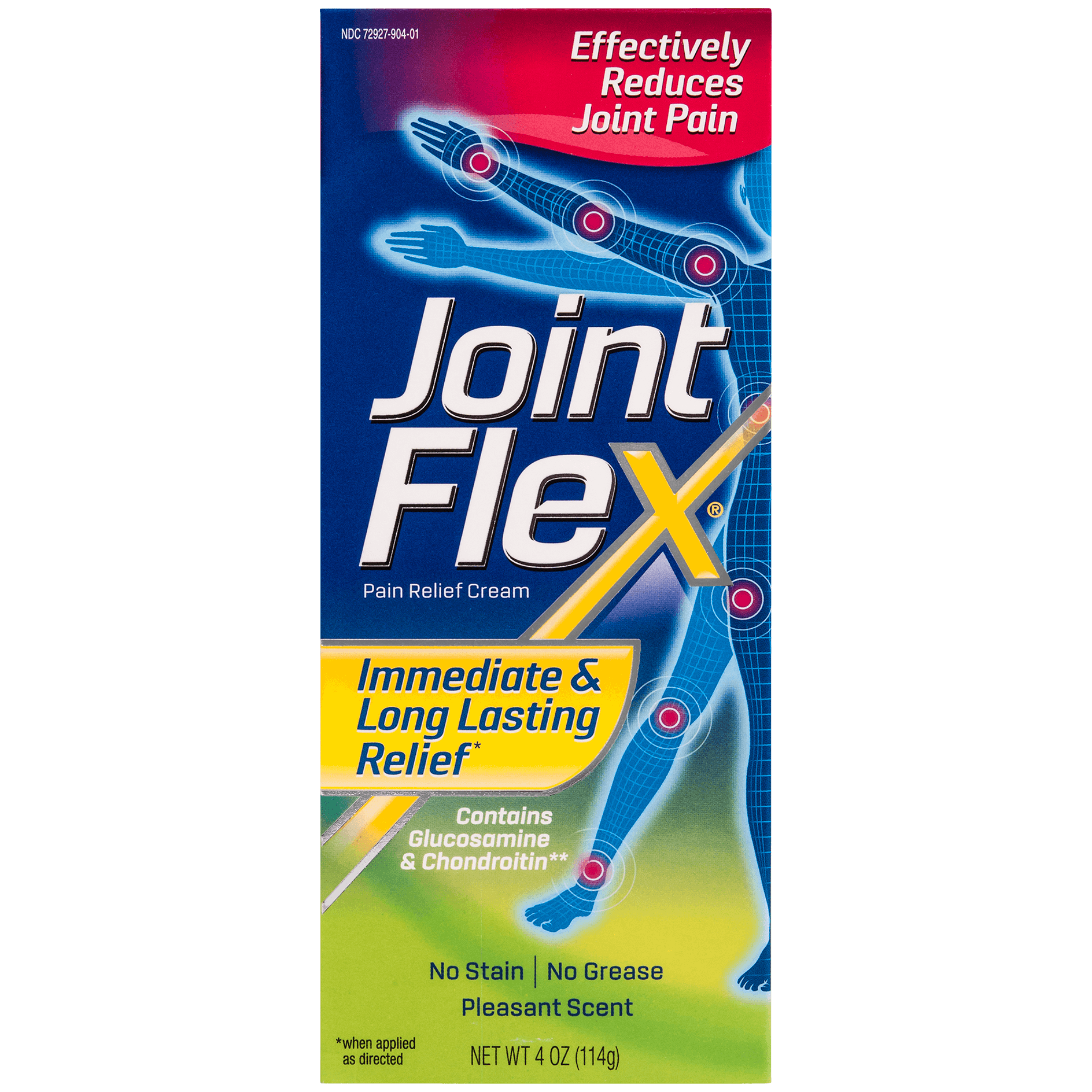
The term, cervical osteoarthritis, is used to describe arthritis of the neck, and it commonly affects older adults. This is one of many different forms of arthritis and a disease that involves disc and cartilage degeneration.
Arthritis in neck can cause significant pain and immobility; however, neck arthritis symptoms tend to come and go with treatment and rest. It is a chronic condition that can make daily tasks more difficult and uncomfortable, but it’s not typically a progressive disease or one that requires surgery.
This article covers the topic of cervical osteoarthritis, including arthritis in neck causes, symptoms, risk factors, and treatments.
Causes of Arthritis in the Neck
As a degenerative condition, cervical osteoarthritis is caused when the bones and cartilage of the neck are worn down over time or due to an injury or medical condition. Bone spurs can cause arthritis in the neck, as well as spinal discs that become under-lubricated and herniated discs that leak out cushioning material needed for protection. An injury, such as an auto accident, and jobs that require frequent heavy lifting can lead to early onset cervical osteoarthritis.
Who Is Most at Risk for Cervical Neck Pain?
Age is the biggest risk factor of arthritis in neck due to normal wear and tear over the years. Individuals who have a family history of cervical osteoarthrosis may develop the condition earlier in life, however. People who strain the neck from heavy lifting or repetitive movements are at a greater risk of cervical neck pain as well. Individuals who are overweight are more likely to develop osteoarthritis in various regions of the body, including the neck, because extra weight puts undue stress on the joints.
Neck Arthritis Symptoms
Oftentimes, neck arthritis symptoms are mild and very manageable. Many people with this condition complain of feeling pain around a shoulder blades or increased pain upon coughing or sneezing. Cervical osteoarthritis sufferers may experience this type of pain alongside a persistently stiff neck, frequent headaches, of numbness in the arms and shoulders. They also may feel a grinding sensation while turning the neck.
Neck Arthritis Treatment
It is necessary to seek medical treatment for cervical osteoarthritis to properly diagnose the condition and recommend a customized treatment plan. After going through a patient’s medical history and neck-related symptoms, a doctor may order an x-ray, CT scan, or MRI to take a closer look at what’s going on with the bones of the neck.
Topical arthritis pain relief medications, like JointFlex, can be applied directly to the neck for fast and long-lasting relief of neck pain and stiffness. Rest is recommended, as well as nonsteroidal anti-inflammatory drugs, chiropractic care, and hot and cold therapy. In more severe cases of cervical osteoarthritis, a doctor may recommend wearing a cervical collar to minimize movement of the neck or injectable corticosteroid drugs. Surgery is very rarely required for a condition of arthritis in neck, and it is typically only considered as a possibility when a person’s range of motion in the neck is severely restricted.


